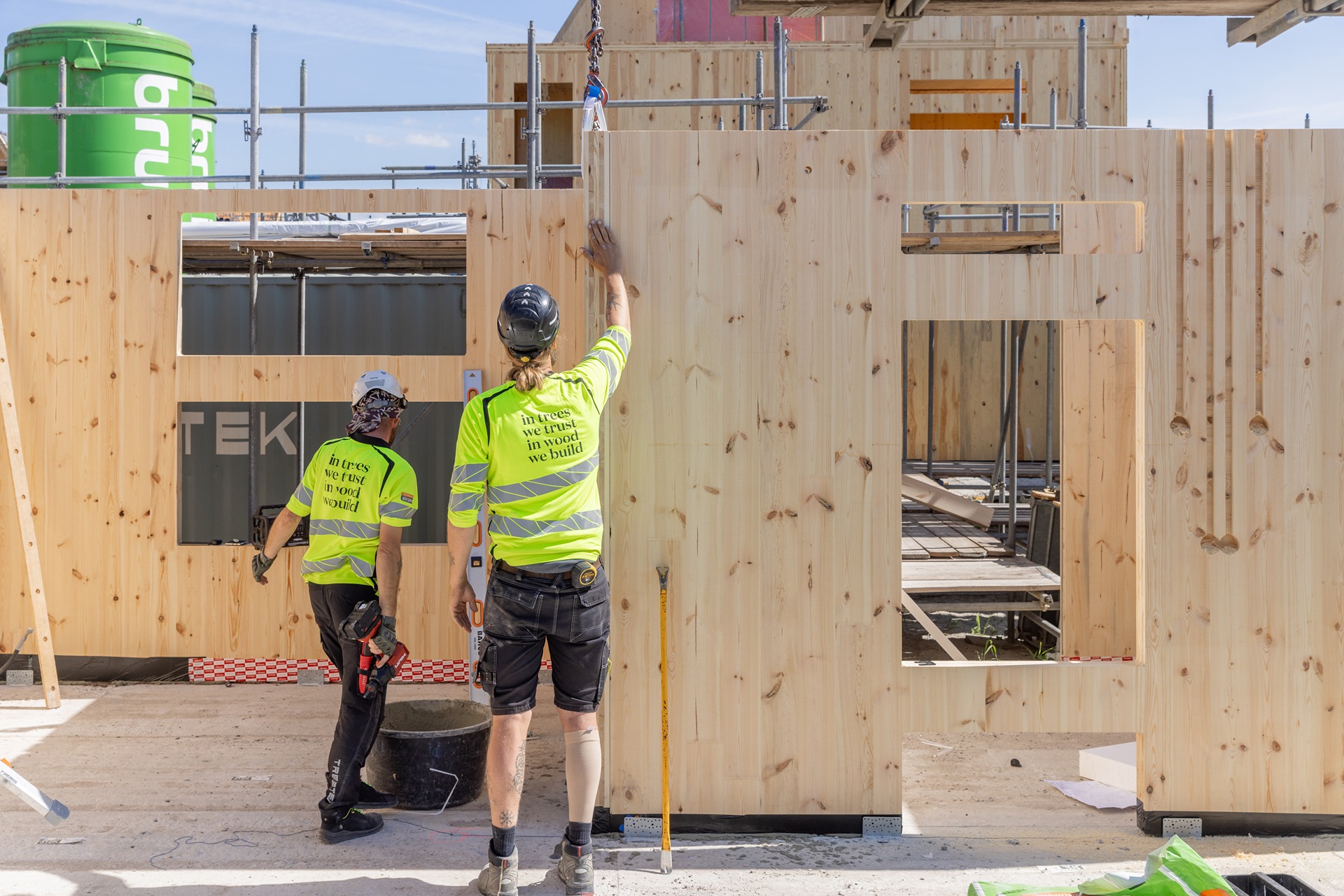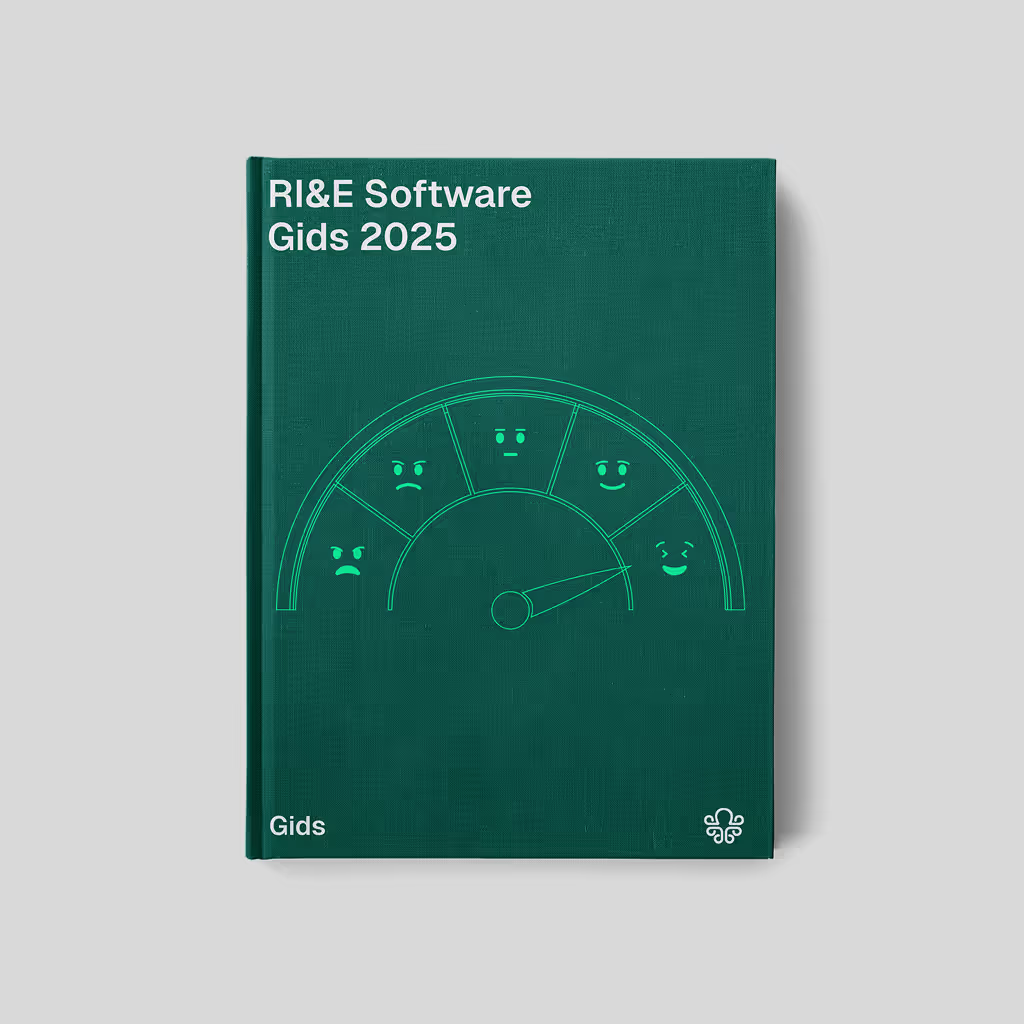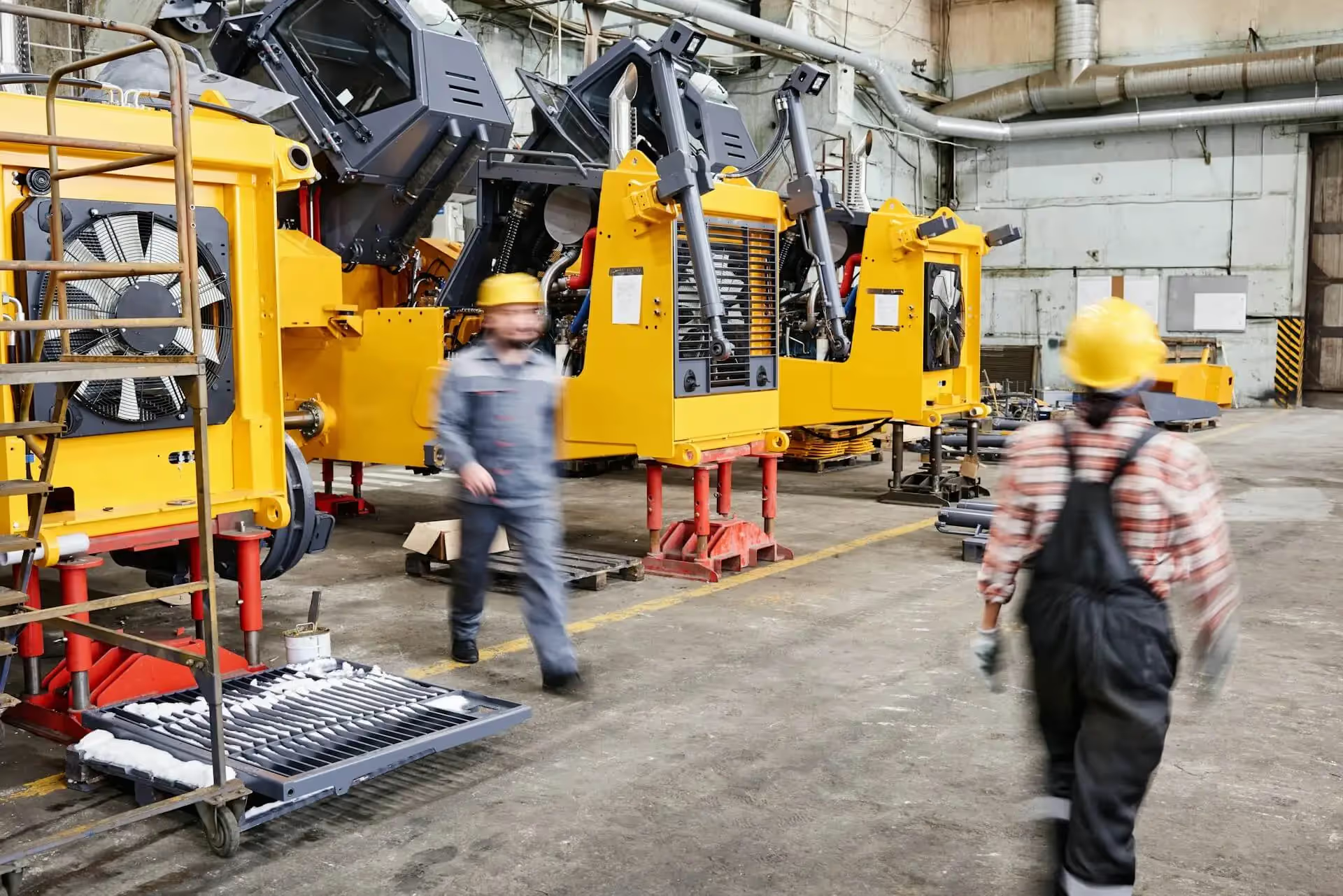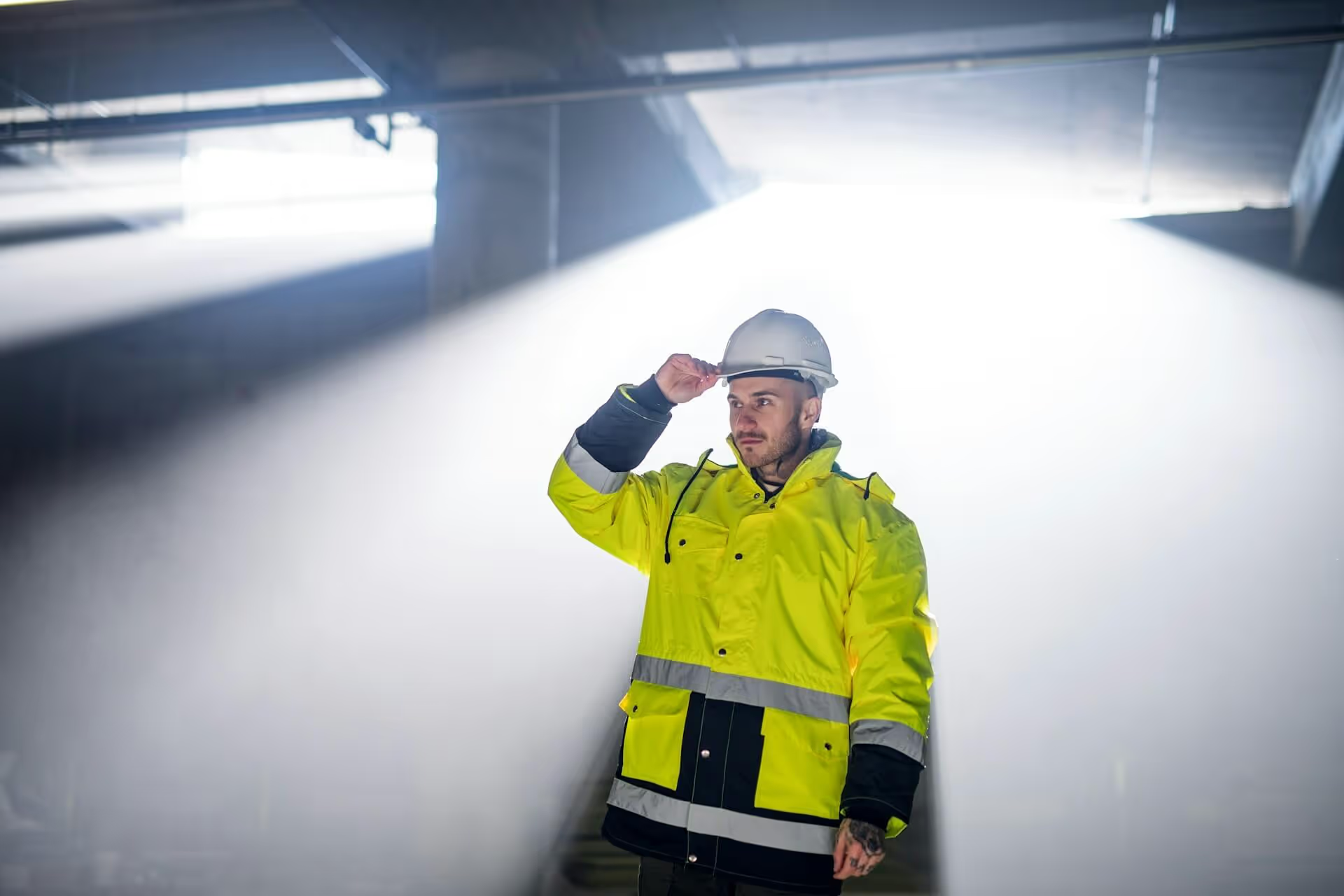As a QHSE manager, you often spend hours talking to departments, identifying risks, recording everything neatly. And then the report is neatly finished there but, frankly, rarely viewed.
Until an audit is scheduled. Then everyone dives into the maps, the stress level rises and the familiar ritual repeats.
What is usually behind this? Not unwillingness but a lack of support.
Colleagues see the RI&E as something you need to arrange. Something that is part of quality or safety, not their own work.
As a result, follow-up from Points for Improvement continues to disappear in the hustle and bustle of the day. And you can go back to it as if the responsibility is only on your plate.
You are not alone. In many organizations, it works exactly like this.

Why do many RI&Es get stranded in practice?
An RI&E's are often carefully drawn up. Discussions held, risk-named report completed. And then... silence The paper version ends up on a server folder that no one opens anymore, while the risks themselves remain.
According to the SZW Inspectorate, more than 40% of the companies do not have a current RI&E, although this is mandatory. In sectors with a high workload such as construction and logistics, that percentage is even higher.
The causes sound familiar to many KAM and safety managers.
1. Too little support in the organization:
Colleagues do not see the RIE as their own but as something from the KAM department, which means that the follow-up stops.
2. No time:
Points for improvement fade into the background as soon as production deadlines or customers ask for priority and are often forgotten afterwards.
3. Too many different tools:
Actions and documents are distributed in Excel files, separate folders and systems.
4. Lack of follow-up:
Measures are noted but will not be followed up in practice.
And that's how the RI&E is turning from a safety tool into a document that misses its purpose.
Whoever is responsible for quality and safety will keep pulling but will hardly get the system moving.

The reason that many RI&Es have little impact
Many quality or safety managers think the problem lies in the amount of rules or forms. In reality, it lies deeper. The rules are clear, and so is the process. What is often missing is that employees feel responsible.
No ownership:
Employees only report risks when something goes wrong. Until then, they mainly see safety as something from the KAM department.
No translation to the workplace:
In logistics, risks are on paper, but they are not concrete enough. Drivers or warehouse workers simply don't know what to do with them.
No central structure:
Each department works in its own way. Reports, Excel lists, separate notes, no one has an overview anymore.
The result is visible in the figures: in 2023, there were more than 6,000 work accidents in construction with four or more days of absenteeism. Part of this could have been prevented if the risks had not been addressed in a map but in practice.
As long as these three points do not change, the RIE remains nothing more than a report without results.
But that is also where the opportunity lies to do things differently.

Why is it so important that the RI&E is really alive?
When an RI&E is not actively monitored, you will notice this immediately during the audits and certifications.
Files are incomplete actions left behind and you spend days trying to gather data in Excel and folders.
Meanwhile, risks remain invisible and small signals are missed, resulting in incidents that were actually easy to prevent. Think of an employee who slips because a dangerous situation was in the RI&E but was never arrested.
It also leaves its mark financially. Repair work, claims and fines — they add up quickly and always cost more than preventing the problem.
For you as a quality or safety manager, this mainly means that you have less and less time to improve. You are busy putting out fires instead of making progress.

How to make the RI&E work in practice
So far, the RIE may have felt mostly like paperwork. A mandatory report
But once you use it as a tool in your and your employees' daily work, that changes completely.
Then it will be a tool that helps to make risks visible and achieve improvements.
Step 1: Make risks visible and negotiable
Use the RIE in meetings and toolbox meetings When colleagues see their own work reflected in it, the sense of ownership grows.
Step 2: Focus on what really makes a difference
Not everything has to be done at the same time Start with measures that provide the biggest profit. This makes the impact of the RI&E visible, which in turn further motivates.
Step 3: Ensure clear follow-up and ownership
Assign actions, identify who is responsible and make that visible. This is how the RIE shifts from something from the quality manager to something about us all.
Step 4: Work from a central approach
Get rid of separate Excel files. A system, a way of working, a source of truth. That keeps the overview clear and the follow-up workable.
An RI&E that is used in this way does not make your work heavier but lighter. Audits run more smoothly, risks become manageable and there is room to improve. In this way, the RIE not only contributes to safety but also to peace and continuity.

From mandatory number to strategic advantage
Organizations that actively use their RI&E notice this.
1. Audits run faster and with less stress:
Everything is centralized and can be found immediately
2. Decrease incidents:
Risks are identified and addressed earlier
3. Failure costs are falling:
Problems are prevented rather than fixed
4. Trust grows:
Employees feel safer and management sees that risks are under control.
For example, the RI&E is changing from a mandatory number into a strategic tool that guides safety and continuity. For you as a QHSE manager, that means less searching, less stress and more control. Predictable performance for the organization, less downtime and a stronger position towards customers and clients.
How do you get started with the RI&E in concrete terms?
Do you want to know how you can tackle this yourself?
In our free guide “Safety without chance with the RIE” you will find a step-by-step plan and practical examples.
The guide shows how to make the RIE& live with your colleagues and how to use it as a practical tool for safety and continuity.
- A clear step-by-step plan that takes you from paper to practice
- Concrete examples of how other organizations have tackled this
- Practical tips for creating support and maintaining follow-up
Watch here free guide Safety without coincidence with the RI&E and discover how to make your RI&E work.
Would you rather have a chat about your situation? Schedule a call with one of our experts.

Quality, Health, Safety and Environment?














